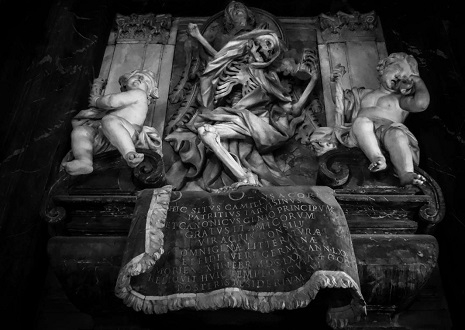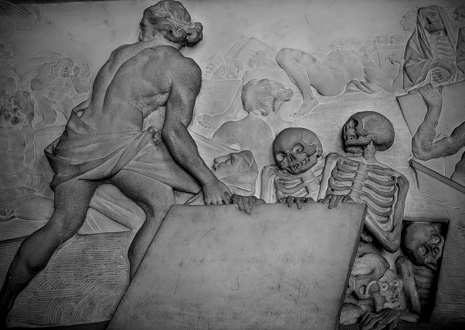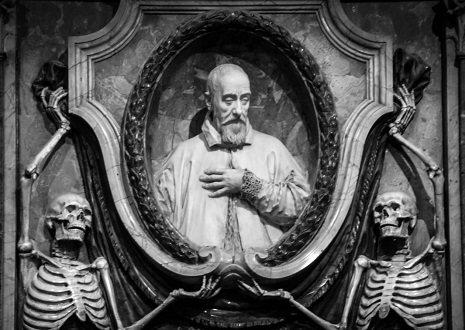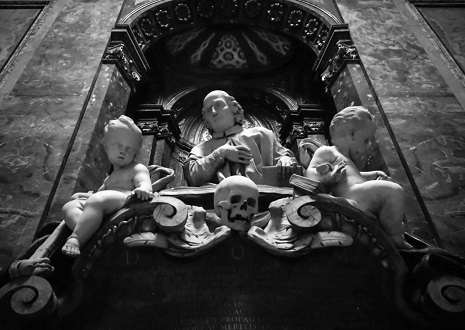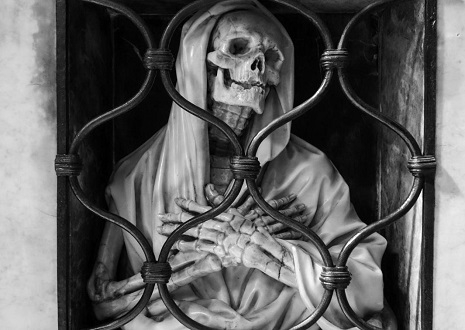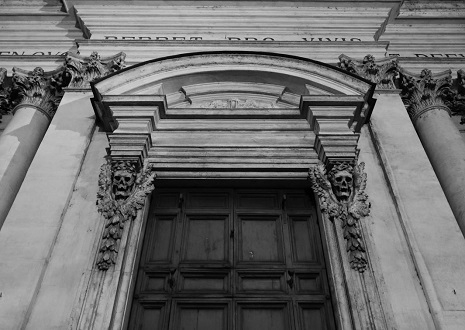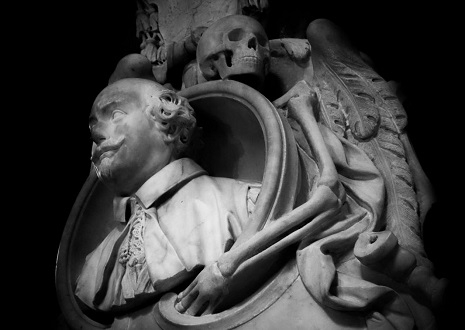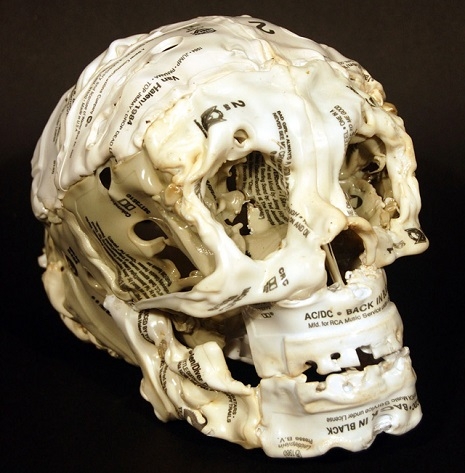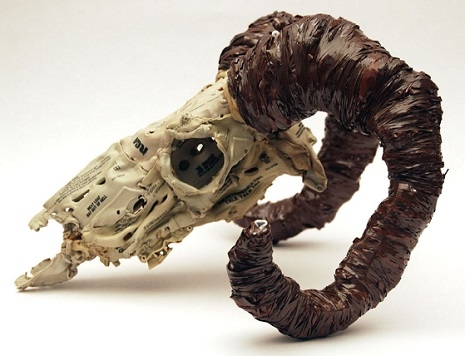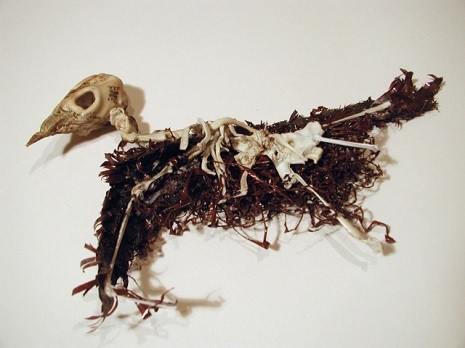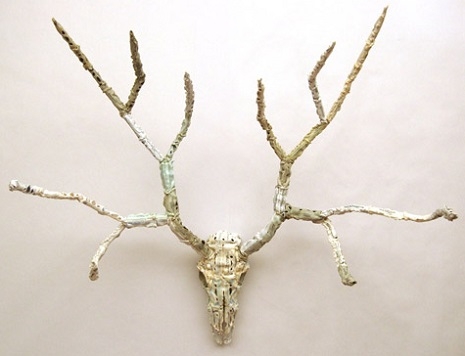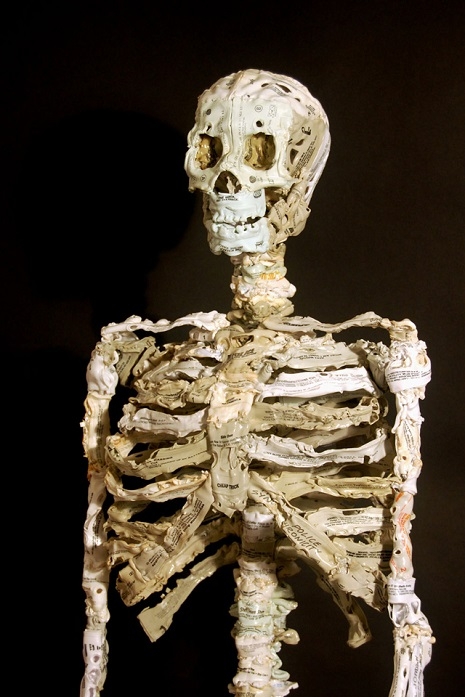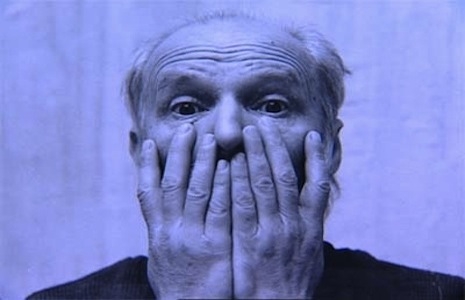
It may seem a bit early for Halloween but if Selfridges think it wise to open their Christmas department in August then I see no reason why not to share some amusingly ghoulish pictures as prep for our favorite time of year—Allhallows Eve.
So, here for our enjoyment and possible edification are some intriguing pictures of women and skeletons. “What’s going on here?” you may ask. Well, quite a lot actually. These vintage photographs and postcards of women dancing and flirting with skeletons are more than mere momento mori or snapshots of ladies at carnivals having a jolly wheeze in the face of death—they are in some respects quite transgressive.
Some of these pictures were intended as, well, shall we say, “educational erotica” giving the viewer a frisson of arousal while at the same time battering them on the head with the salutary warning that the wrong kind of boner could lead to disease and death. Something those Decadent artists used to bang (ahem) on about in their paintings.
The association of sex and death was something that would not have gone amiss with most women, for although the percentage of mothers dying during childbirth fell dramatically in the 19th-century, there was still a staggering number of perinatal fatalities—500 to 1,000 per 100,000 births.
Then again, a few of these pictures seem to show happy young thanatophiles reveling in the thrill of cavorting with their skeleton chums. Lucky old them!
The last selection comes from a series of photographs taken by Joseph Hall of a vaudeville production called Death and the Lady from 1906, which was loosely based on a 17th-century English ballad.
What I take from all these rather fantastic pictures is that Death comes for us all, so it’s never too early to get your costume ready for Halloween…

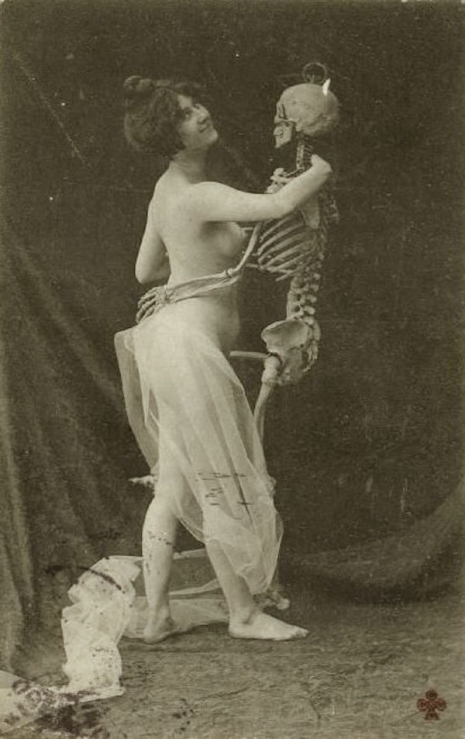

More of this skeleton crew, after the jump…







